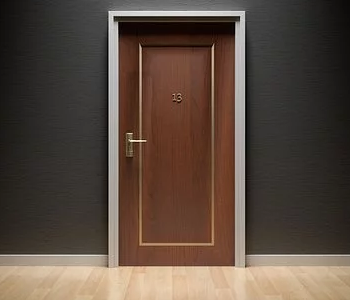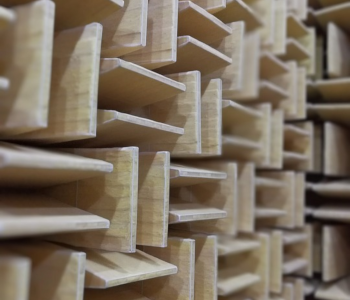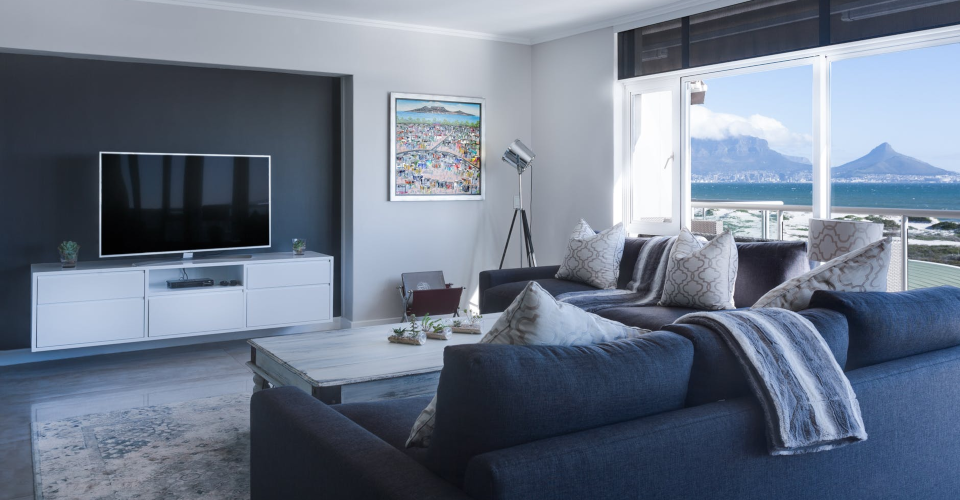How To Soundproof a Room
Are you trying to soundproof your room so that you can enjoy audio at a louder volume? You’ll be pleased to know that there is a lot you can do to soundproof a room. The tips you take advantage of depend on how far you’re willing to go and the resources available to you.
Soundproofing a room is helpful if you live alongside a busy road and are fed up with the outside noise. It might be easier to soundproof a room than move out because the noise is getting overwhelming.
The soundproofing tips in this informative article include suggestions that can be completed with items that are already around your home. To improve your chances of sufficiently soundproofing your room you may need to visit your local DIY store for tools and material.
Top soundproofing tips
Seal your doors

The biggest source of unwanted noise can be open airways so you need to seal your doors. Typically there is an air gap underneath your door, which is the first place you should start. Sealing these means you won’t hear footsteps and chatter. Furthermore, it significantly reduces noise leakage from your audio equipment.
Door sweeps must be installed to cover gaps underneath a door. Their size and appearance should depend on the size and style of your door. The feature also helps keep out dust, bugs, and draft. You need to install the door sweep carefully so that you don’t have trouble closing your door.
Bookcase
If you have a bookcase in your home that can span an entire wall, then place it near a wall that faces your neighbor. Audio will be significantly muffled with a bookcase and reduce the effect of strong bass. The amount of noise reduction depends on the bookcase and the amount of wall you have covered.
The edges of the bookcase should fit well with the walls, floor, and ceiling. That’s because keeping edge gaps at a minimum is important for insulating the room acoustically.
Soundproof materials

Hard surfaces reflect and amplify audio, whereas soft materials absorb soundwaves. Therefore, you need to cover your walls and flooring in as much soft material as possible. Curtains, carpets, and sound absorbing panels all contribute to better noise insulation.
Unfortunately, noise isolating materials have an industrial look that you might think looks ugly. It’s hard integrating such materials with the overall look of your interior décor. However, you can use sound insulating wallpaper that is an improvement and can effectively reduce the decibel level.
Reduce vibrations
Look around your room and remove anything that doesn’t need to be there and would shake if a small earthquake were to happen. Vibrating objects help transfer audio to adjacent rooms, which can detract from other noise isolating measures you have taken. You might not be able to remove all vibrating items from a room, but keeping them at a minimum makes a big difference.
Extra drywall
During the building phase extra drywall could be added so the wall is thicker. It’s an effective way of reducing audio transfer between rooms without reducing visual aesthetics. However, when you increase wall thickness the available space within a room decreases.
You can also use soundproofing foam, which adds to the cost of a building project. The material is an effective way of creating a room where loud music can be played without worrying about neighbors.
Blankets

Blankets are a cheap way of reducing audio transfer between rooms. You can hang them on a wall or windows. The soft material absorbs soundwaves and you can cover a lot of space at a relatively low cost.
Getting a good overall look is the tricky part of this strategy. You’ll need to pick blankets that complement the other elements of your interior décor. Blankets offer the advantage of being able to quickly soundproof a room for short periods. For example, if you are having a party or hosting a sports viewing event then you can quickly throw blankets up to insulate the room.
Furniture
Every object in a room shapes how the soundwaves travel. Furniture are the biggest items in a room that can block out audio when positioned correctly. For example, you can position an upholstered large couch alongside a wall that connects to a neighbor. The furniture can effectively reduce the volume of audio that gets through to the other side of that wall.
Conclusion
The strategies in this informative article are just a few common techniques that you can effectively use to soundproof a room. The effectiveness of each strategy depends on how far you go with it. For instance, you can’t expect a few small blankets to make much of a difference. However, thick blankets that cover the majority of the wall is an effective measure.
You can also combine a few of the methods mentioned here for best results. Experiment around with what works best. You might discover your own sound isolating techniques that allow you to enjoy music as loud as you want without annoying the neighbors.

